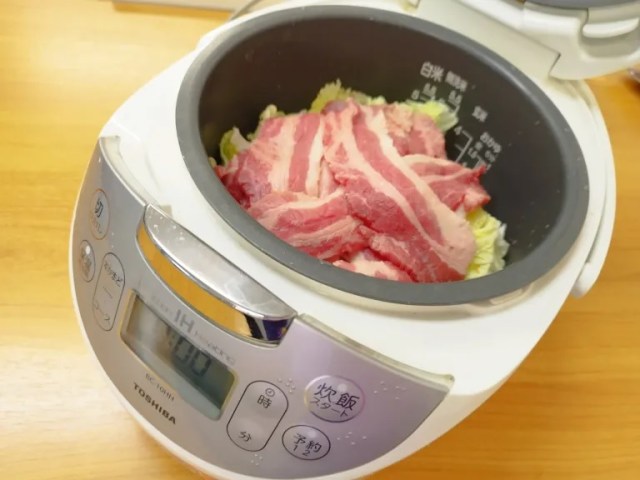
Today in the SoraKitchen, we attempt to make sukiyaki with zero ingredient cutting and just one button press.
With crisp fall weather on the way, our stomachs are already looking forward to one of our favorite comfort foods, hot pot. In particular, we’re looking forward to the king of Japanese hot pot dishes, sukiyaki. There’s really nothing quite like the joy of sitting around a table with a group of friends or family members, talking and laughing as you cook the ingredients bit by bit and share in the greatest act of selflessness, letting someone else know when a slice of meat or morsel of vegetable has been cooked to perfection and is ready to be eaten.
Unfortunately, a lot of that doesn’t apply to our Japanese-language reporter Seiji Nakazawa. While he does deeply love sukiyaki, Seiji lives by himself, and most nights of the week he eats dinner by himself too. So all that communal anticipation and excitement that comes from everyone pitching in to chop the ingredients plus the conversation as you wait for them to stew? Instead of those, Seiji just gets the hassle of doing all the prep work by himself, the tedium of watching the ingredients cook by himself, and then the additional hassle of scrubbing the large cooking pot when he’s done, again, all by himself.
And yet, Seiji still wants to eat sukiyaki, so he got to wondering if there’s an easier way to make it, at which point his thoughts turned to, as ours so often do here at SoraNews24, to rice cookers.
We’ve been surprised time and time again at how versatile these kitchen appliances are, and Seiji asked himself the question “Can I make sukiyaki by just tossing everything in a rice cooker and hitting the ‘cook’ button?”
So it was off to the grocery store to grab the essential ingredients, which were:
● Sliced beef strips (242 grams [8.5 ounces])
● A pack of sliced vegetables (Chinese cabbage, green onion, carrots,
● Sukiyaki broth (750 grams [26.5 ounces])
● Eggs
Remember, Seiji’s goal was to make sukiyaki while doing as little work as possible, so that’s why he went with the pre-sliced meat and vegetable packs. Once he was back from the store, Seiji opened up the lid of the rice cooker and tossed in all of the vegetables, all of the meat, and all of the broth (in other words, everything except the eggs, which, as we’ll see later, are actually an optional ingredient).
Then he closed the lid, hit the “cook” button, and went back to thinking about video game ninja girls.
▼ “Hmm…I still think Mai’s costume should tear…”
45 minutes later, the rice cooker’s cook cycle was done, and it was time to check the results.
Though this was Seiji’s first time to try to make sukiyaki this way, we’ve cooked enough non-rice things in our rice cooker that we were fairly confident that the ingredients would be cooked and, at the very least, edible. Our biggest concern was what would happen to the broth. As a hot pot, sukiyaki is supposed to still have broth while you’re eating it, and its moist mix of savory and sweet flavors makes an excellent complement to a bowl of white rice. If you think about what happens when you use a rice cooker for its original intended purpose, though, you start by filling it with rice and water, and once the cooking cycle is done the water is entirely gone, having been absorbed into the rice or spouted off as steam. So would the same thing happen with Seiji’s sukiyaki, leaving him with a pile of steamed meat and veggies but no broth?
Nope! Popping open the lid, Seiji saw that not only was everything cooked, he still had plenty of broth!
With the scent of sukiyaki now wafting up and filling the room, Seiji excitedly plated a sample to taste…
…and it was delicious! Not only had the rice maker made sukiyaki, it had made really good sukiyaki, with everything full of flavor, despite the fact that Seiji hadn’t so much as cut a single ingredient or given the pot a single stir to get this meal ready.
This is where the eggs come into play, as in Japan it’s common to crack a raw egg into a dish and use it as a dipping sauce when eating sukiyaki. This isn’t something that everyone does, though, and depending on where you are in the world eating raw egg may or may not be something you’re comfortable doing, or something that’s medically advisable due to local egg supply and handling protocols. Seiji, though, here in Japan where eating raw egg like this isn’t considered dangerous or unappetizing, is happy to report that rice cooker sukiyaki goes just as well with raw egg as sukiyaki made the more traditional way does.
As an added bonus, since rice cookers are designed to keep the rice warm after it’s finished cooking, ours also kept Seiji’s sukiyaki warm as he was eating, at a nice, moderate temperature that kept the flavor fresh without scalding his tongue.
If you’re a sukiyaki veteran, you might have noticed that there are a few common ingredients, like mushroom and tofu, that we didn’t use in this experiment, Now that we know how good the baseline results are, we’re looking forward to sprucing up our rice cooker sukiyaki with things like those as we get deeper into fall, and hopefully they’ll turn out just as well as our simple version here. For now, though, it’s great to know that we can make sukiyaki with just the press of a button.
Photos ©SoraNews24
● Want to hear about SoraNews24’s latest articles as soon as they’re published? Follow us on Facebook and Twitter!
[ Read in Japanese ]

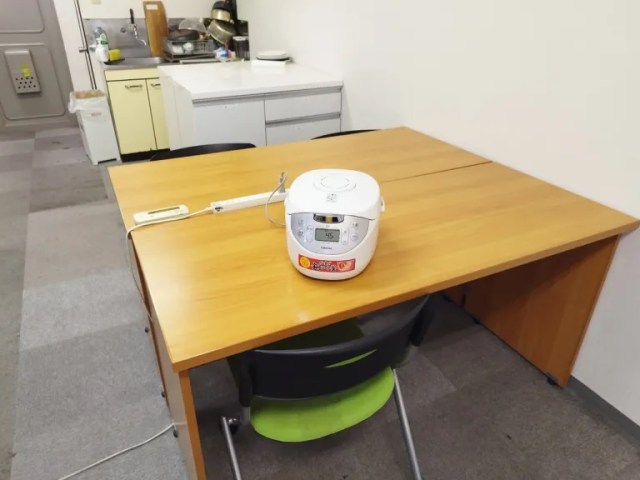
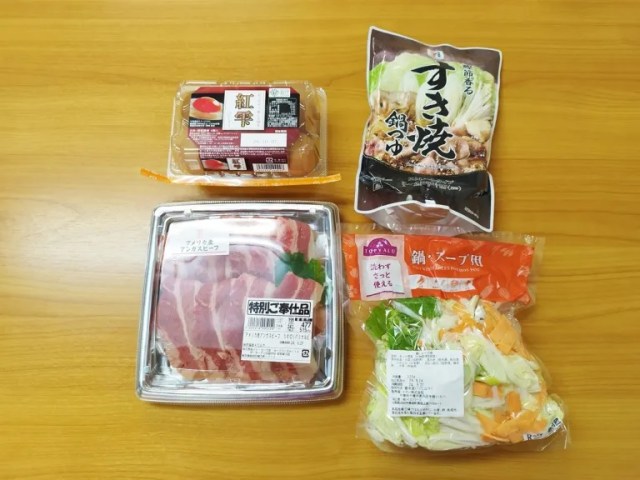
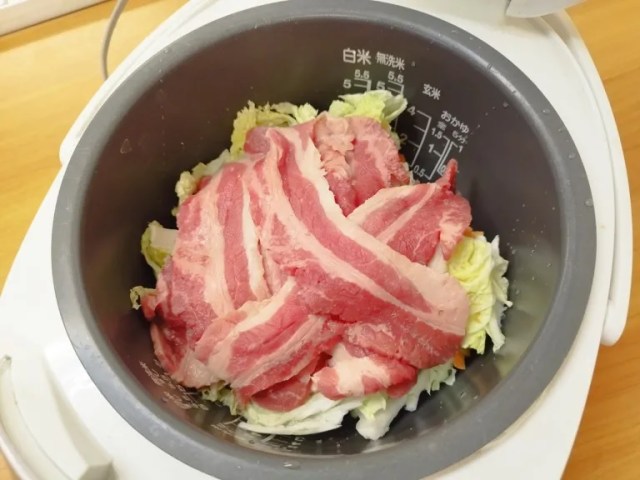

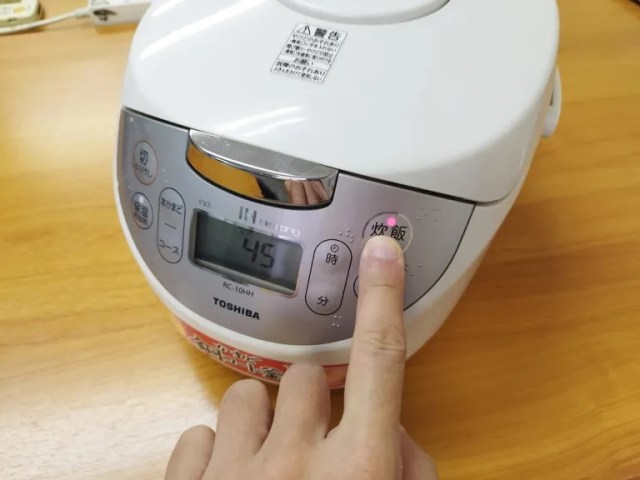
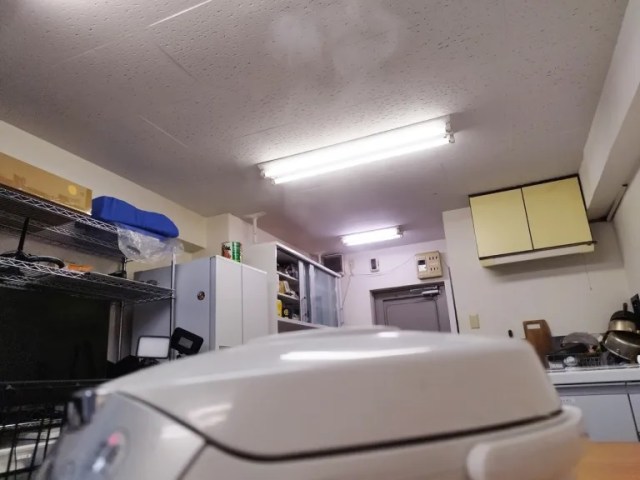
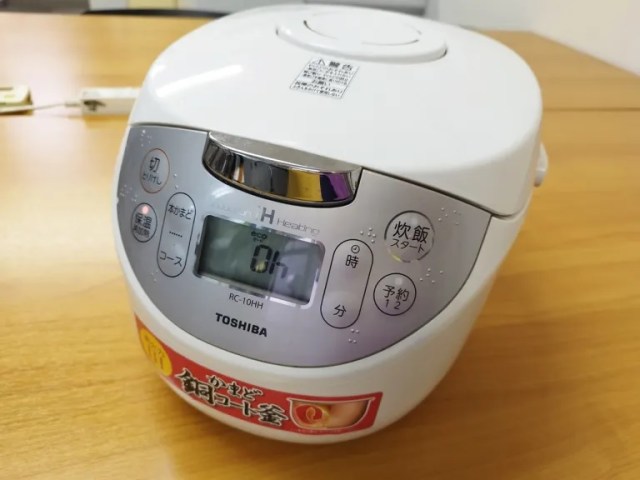
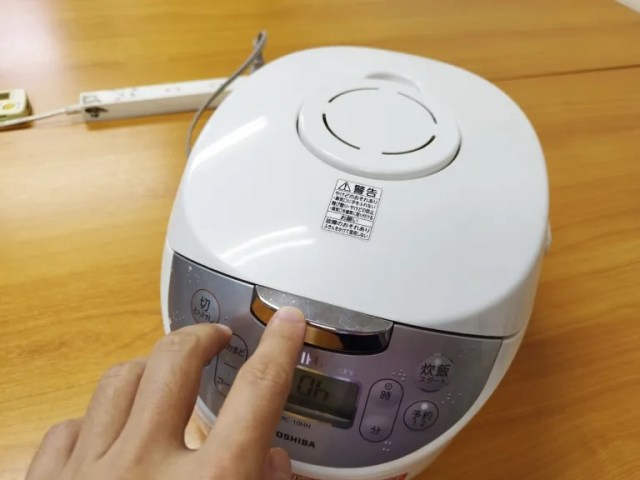
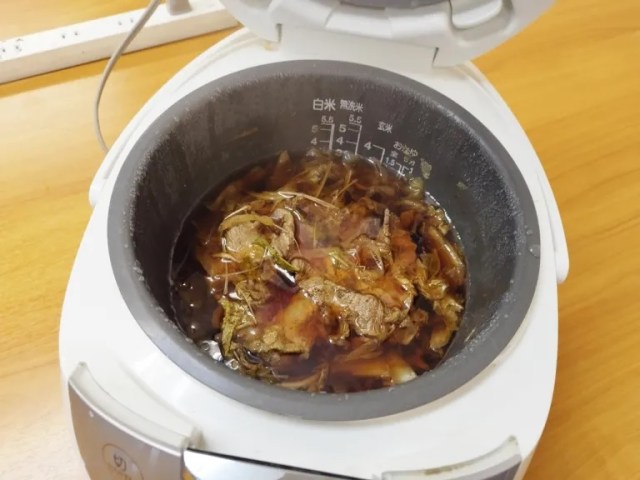
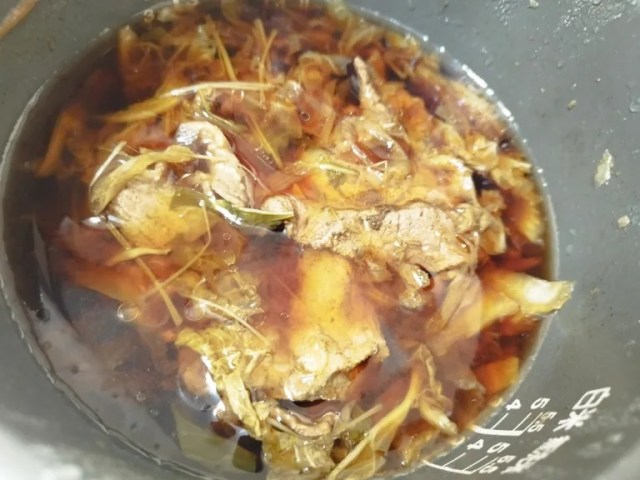


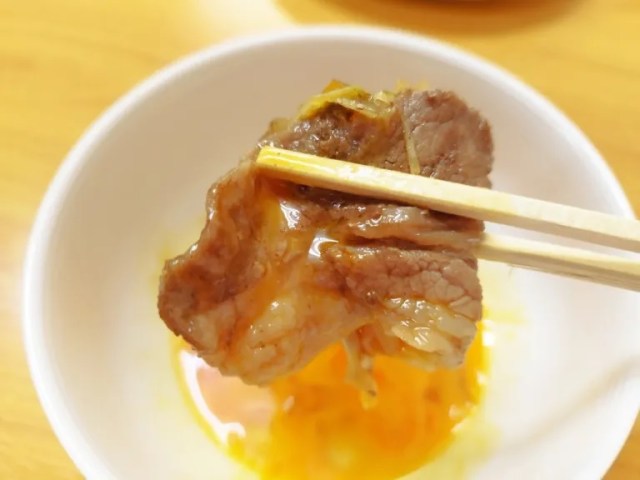
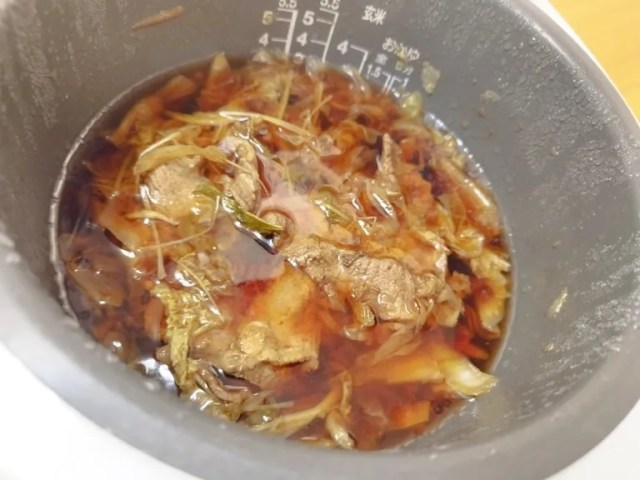
 Ultimate lazy chanko – Can you make Japan’s sumo wrestler hot pot stew in a rice cooker?
Ultimate lazy chanko – Can you make Japan’s sumo wrestler hot pot stew in a rice cooker? Can you make KFC takikomi gohan in a rice cooker, and is it something worth eating?【SoraKitchen】
Can you make KFC takikomi gohan in a rice cooker, and is it something worth eating?【SoraKitchen】 Chicken McNugget rice cooker rice — Can it beat KFC rice cooker rice?【SoraKitchen】
Chicken McNugget rice cooker rice — Can it beat KFC rice cooker rice?【SoraKitchen】 Did you know your rice cooker is also a ramen rice cooker?【SoraKitchen】
Did you know your rice cooker is also a ramen rice cooker?【SoraKitchen】 A faster, easier way to make cake: Use a rice cooker【SoraKitchen】
A faster, easier way to make cake: Use a rice cooker【SoraKitchen】 Majority of Japanese mayors say foreign residents are essential but most see good and bad effects
Majority of Japanese mayors say foreign residents are essential but most see good and bad effects Should you dip your cake in sake? One Japanese brewer says no, but actually yes【 Taste test】
Should you dip your cake in sake? One Japanese brewer says no, but actually yes【 Taste test】 Japanese beef bowl chain Sukiya’s 2026 Smile Box lucky bag basically pays for itself
Japanese beef bowl chain Sukiya’s 2026 Smile Box lucky bag basically pays for itself Village Vanguard’s most expensive Black Lucky Bag sets an ominous tone for 2026
Village Vanguard’s most expensive Black Lucky Bag sets an ominous tone for 2026 What did Shibuya really look like after the crowds on New Year’s Day?
What did Shibuya really look like after the crowds on New Year’s Day? Pizza Hut Japan’s hot lucky bags are perfect for a New Year’s pizza party
Pizza Hut Japan’s hot lucky bags are perfect for a New Year’s pizza party That time Seiji called JASRAC to ask why he didn’t get paid royalties for his song being on TV
That time Seiji called JASRAC to ask why he didn’t get paid royalties for his song being on TV We revisited Sweets Paradise after a decade to see if Japan’s dessert buffet still delivers
We revisited Sweets Paradise after a decade to see if Japan’s dessert buffet still delivers Japanese-style accommodation at the new Premium Dormy Inn hotel in Asakusa will blow your mind
Japanese-style accommodation at the new Premium Dormy Inn hotel in Asakusa will blow your mind We mixed all 31 flavors of Baskin Robbins ice cream and created a Frankenstein dessert【Video】
We mixed all 31 flavors of Baskin Robbins ice cream and created a Frankenstein dessert【Video】 Starbucks Japan ready to get Year of the Horse started with adorable drinkware and plushies【Pics】
Starbucks Japan ready to get Year of the Horse started with adorable drinkware and plushies【Pics】 Hayao Miyazaki says Happy New Year to Studio Ghibli fans with new art for Year of the Horse
Hayao Miyazaki says Happy New Year to Studio Ghibli fans with new art for Year of the Horse 7 great places to see Mt. Fuji from without having to climb it
7 great places to see Mt. Fuji from without having to climb it We found possibly the quietest Japanese-style hotel in Tokyo’s bustling Shinjuku district
We found possibly the quietest Japanese-style hotel in Tokyo’s bustling Shinjuku district Cup Noodle tries an authentic Jiro-style ramen, but something’s not quite right
Cup Noodle tries an authentic Jiro-style ramen, but something’s not quite right Hello Kitty Choco Egg figures are an adorable trip through three periods of Japanese pop culture【Pics】
Hello Kitty Choco Egg figures are an adorable trip through three periods of Japanese pop culture【Pics】 Japan’s oldest largetooth sawfish in captivity back on display in Mie Prefecture
Japan’s oldest largetooth sawfish in captivity back on display in Mie Prefecture Cyberpunk anime meets traditional culture in Ghost in the Shell gold leaf Japanese changing screens
Cyberpunk anime meets traditional culture in Ghost in the Shell gold leaf Japanese changing screens The best Starbucks Japan Frappuccinos we want to drink again in 2026
The best Starbucks Japan Frappuccinos we want to drink again in 2026 7-Eleven Japan starts new temporary luggage storage service in over 300 branches
7-Eleven Japan starts new temporary luggage storage service in over 300 branches Disillusionment at Tsukiji’s tourist-target prices led us to a great ramen restaurant in Tokyo
Disillusionment at Tsukiji’s tourist-target prices led us to a great ramen restaurant in Tokyo Starbucks teams up with 166-year-old Kyoto doll maker for Year of the Horse decorations【Photos】
Starbucks teams up with 166-year-old Kyoto doll maker for Year of the Horse decorations【Photos】 Tokyo considering law requiring more trash cans following litter increase in heavily touristed area
Tokyo considering law requiring more trash cans following litter increase in heavily touristed area Tokyo’s Tsukiji sushi neighborhood asks tour groups to stay away for the rest of the month
Tokyo’s Tsukiji sushi neighborhood asks tour groups to stay away for the rest of the month Tokyo event lets you travel back in time, for free, to celebrate 100 years since Showa era start
Tokyo event lets you travel back in time, for free, to celebrate 100 years since Showa era start Sanrio theme park in Japan announces plans to expand into a Sanrio resort
Sanrio theme park in Japan announces plans to expand into a Sanrio resort Japan may add Japanese language proficiency, lifestyle classes to permanent foreign resident requirements
Japan may add Japanese language proficiency, lifestyle classes to permanent foreign resident requirements Stamina-destroying “Paralysis Noodles” are Tokyo’s newest over-the-top ramen innovation
Stamina-destroying “Paralysis Noodles” are Tokyo’s newest over-the-top ramen innovation Survey asks foreign tourists what bothered them in Japan, more than half gave same answer
Survey asks foreign tourists what bothered them in Japan, more than half gave same answer Japan’s human washing machines will go on sale to general public, demos to be held in Tokyo
Japan’s human washing machines will go on sale to general public, demos to be held in Tokyo Japan’s deadliest food claims more victims, but why do people keep eating it for New Year’s?
Japan’s deadliest food claims more victims, but why do people keep eating it for New Year’s? We deeply regret going into this tunnel on our walk in the mountains of Japan
We deeply regret going into this tunnel on our walk in the mountains of Japan Studio Ghibli releases Kodama forest spirits from Princess Mononoke to light up your home
Studio Ghibli releases Kodama forest spirits from Princess Mononoke to light up your home Major Japanese hotel chain says reservations via overseas booking sites may not be valid
Major Japanese hotel chain says reservations via overseas booking sites may not be valid Put sesame oil in your coffee? Japanese maker says it’s the best way to start your day【Taste test】
Put sesame oil in your coffee? Japanese maker says it’s the best way to start your day【Taste test】 No more using real katana for tourism activities, Japan’s National Police Agency says
No more using real katana for tourism activities, Japan’s National Police Agency says Starbucks Japan reveals new sakura drinkware collection, inspired by evening cherry blossoms
Starbucks Japan reveals new sakura drinkware collection, inspired by evening cherry blossoms Updated cherry blossom forecast shows extra-long sakura season for Japan this year
Updated cherry blossom forecast shows extra-long sakura season for Japan this year How to make a massive five-layer lasagna…in your rice cooker【SoraKitchen】
How to make a massive five-layer lasagna…in your rice cooker【SoraKitchen】 Rice cooker recipe: 7-Eleven Japan’s Miso Mackerel Butter Rice is as tasty as it is easy
Rice cooker recipe: 7-Eleven Japan’s Miso Mackerel Butter Rice is as tasty as it is easy Solo sukiyaki! Cook-in-the-counter hot pot is newest way to treat yourself to great food in Tokyo
Solo sukiyaki! Cook-in-the-counter hot pot is newest way to treat yourself to great food in Tokyo Kaki gohan – A super-easy, super-tasty rice cooker treat to make this autumn【Recipe】
Kaki gohan – A super-easy, super-tasty rice cooker treat to make this autumn【Recipe】 Why throw away your leftover ramen broth when you can use it to make awesome ramen rice instead?
Why throw away your leftover ramen broth when you can use it to make awesome ramen rice instead? Rice cooker kuri gohan and two more super-easy chestnut recipes to make this fall【SoraKitchen】
Rice cooker kuri gohan and two more super-easy chestnut recipes to make this fall【SoraKitchen】 Rice cooker recipe: How to make a giant cheesy okonomiyaki pancake in a rice cooker
Rice cooker recipe: How to make a giant cheesy okonomiyaki pancake in a rice cooker How to make a massive deep dish Chicago Pizza…in your rice cooker
How to make a massive deep dish Chicago Pizza…in your rice cooker Ultimate bachelor chow recipe: Cheeseburger-style furikake toast【SoraKitchen】
Ultimate bachelor chow recipe: Cheeseburger-style furikake toast【SoraKitchen】 How to make amazing sweet apple pancakes using a rice cooker 【RocketKitchen】
How to make amazing sweet apple pancakes using a rice cooker 【RocketKitchen】 What happens when you cook beer with potato chips in a rice cooker?
What happens when you cook beer with potato chips in a rice cooker? Let’s cook this jet-black chicken in the rice cooker and see what happens【SoraKitchen】
Let’s cook this jet-black chicken in the rice cooker and see what happens【SoraKitchen】 Apparently Calpis is good in soup? We try mixing it in with hot pot【SoraKitchen】
Apparently Calpis is good in soup? We try mixing it in with hot pot【SoraKitchen】 Nametake tuna rice: A delicious rice cooker recipe using just three ingredients【SoraKitchen】
Nametake tuna rice: A delicious rice cooker recipe using just three ingredients【SoraKitchen】 A Japanese hot pot with an elevator inside is just what we need to make it through winter【Video】
A Japanese hot pot with an elevator inside is just what we need to make it through winter【Video】 7-Eleven Japan’s egg broth and rice may be the dream combination we’ve been missing【SoraKitchen】
7-Eleven Japan’s egg broth and rice may be the dream combination we’ve been missing【SoraKitchen】
Leave a Reply